Companies, since the dawn of the automobile industry in India, have introduced a lot of cars in the market. Some did pretty well. But some simply failed. Out of those some, there are a few cars that were exceptionally good. But even then these cars were not able to make a mark in the market. Here is a list of 10 such flop cars in India that were actually good.
-
Premier Peugeot 309
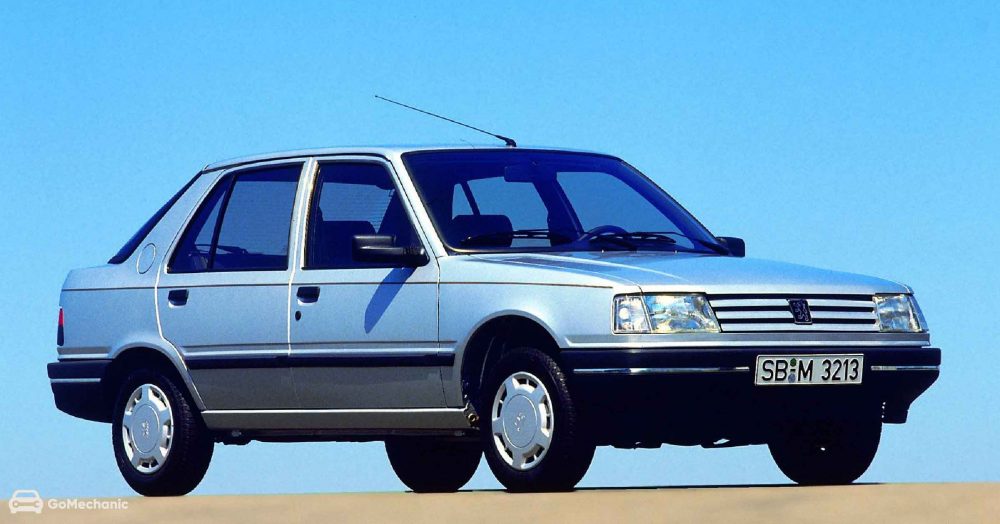
PAL Peugeot 309 Only 1000 Were Built This company is known for the famous family car, the Padmini. Premier also launched Peugeot 309 in India in 1991. It was equipped with a 1.4-litre petrol engine which was capable of producing 70hp of power and a peak torque of 97Nm. It also had a 1.5-litre diesel engine which produced 58hp of power and 110Nm of torque. These figures were pretty good at the time it was launched. Actually the car received a good response at the beginning. The reason for becoming a flop one was the failure of the collaboration between Premier and Peugeot as the companies faced a labour and financial crisis. 309 was discontinued in 1994, just 3 years after its launch.
-
Sipani Rover Montego

Rover Montego | Good Flop Cars In India Sipani Automobiles, a company that was known for its unsafe fibre-glass cars introduced Rover’s Montego in India. Rover Montego, one of the most advanced cars of that time. The sedan was brought into India via CKD route by R.K. Sipani after the liberalisation of the market. The sedan was powered by a 2.0-litre diesel engine mated to a 5-speed manual transmission. It was laden with features like power steering, power windows and air-conditioning were standard features in the sedan. All this led to the price tag of ₹10 lakhs at that time. In 1995, 236 cars were produced by the company while in the next 15 months only 51 were sold. So the company failed with luxury too and the last attempt too. A total of 287 Montego were ever sold.
A failed attempt: Sipani Automobiles | There was an attempt -
Fiat Punto Abarth
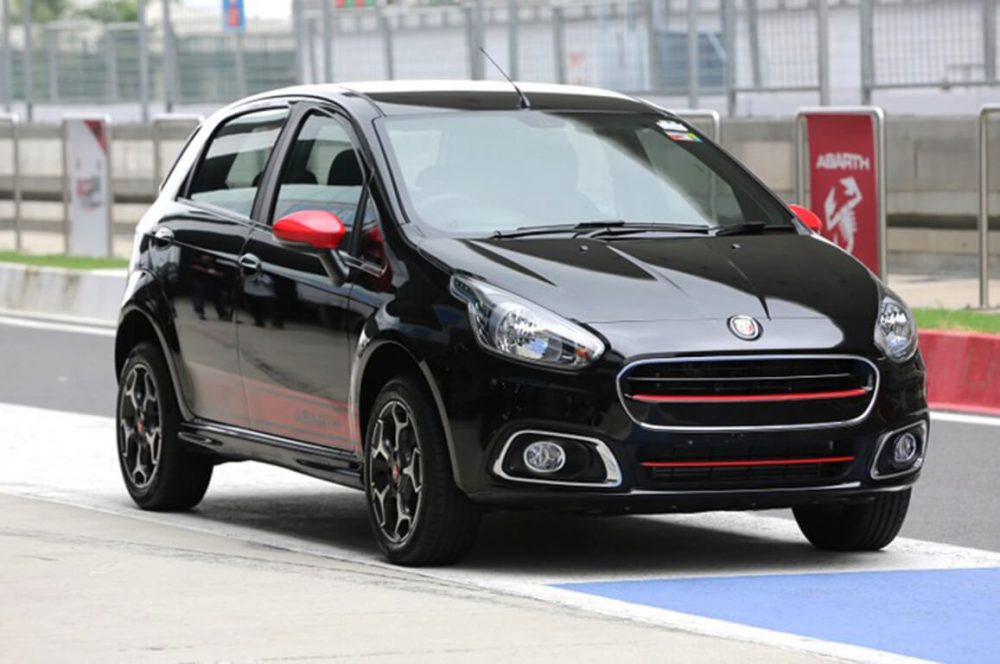
Fiat Punto Abarth The company advertised the Punto with a tagline, ‘The steering wheel isn’t just for steering, it’s for holding on’. Fiat in collaboration with Abarth launched the Punto, a 5-seater hatchback. It was offered with a 1.4-litre petrol engine capable of producing 145hp of power and 212Nm of peak torque. The engine was mated to a 5-speed manual transmission. It was also equipped with power steering, power windows, ABS with EBD, automatic climate control, airbags and much more. Yet it was not able to get the customers attracted towards it. The high starting price of ₹9.67 lakhs kept it off the charts of sales.
-
Opel Vectra
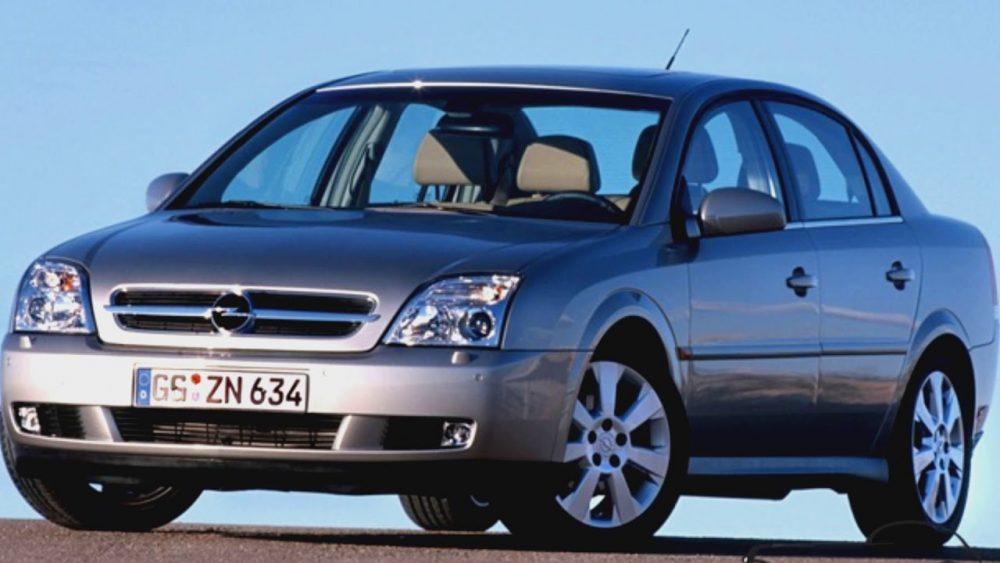
Opel Vectra For starters, this car was powered by a 2.2-litre petrol engine which produced a power of 146hp and 203Nm of torque. These were impressive figures especially for the year 2003 when it was launched. Talking about the features, this sedan was pretty loaded and was luxurious. But the problem was the route it was brought through. You know where this is heading! Yes, the CBU route. This made the Opel Vectra costly. And then the maintenance costs only added to the weight on the wallet of the owner.
Read this: The Curious Case of Opel Cars in India -
Mitsubishi Cedia
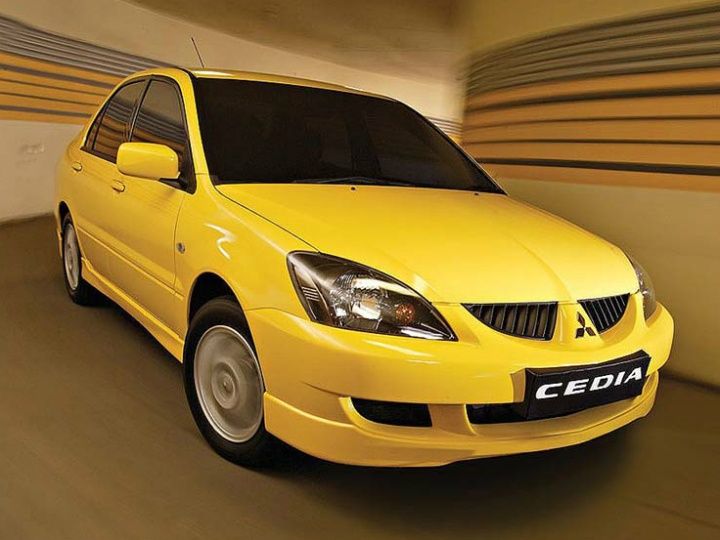
Cedia The sedan came powered by a 2.0-litre petrol engine which was able to produce 114hp of power and a peak torque of 175Nm. It was also equipped with safety features such as airbags, ABS with EBD and engine immobiliser. For the driver’s enhancements, it had power steering, height-adjustable driver seat, multi-information display, steering-reach adjustment and much more. It had climate control, leather seats, power windows, central locking, remote locking, CD player and the list continues. Sometimes being perfect makes you less chosen. The Indian market was not open to the sedans a lot when Cedia was launched. This is what led to the low sales of the luxury and powerful sedan. It was discontinued in 2013.
Take a look: Mitsubishi and Why the brand Failed in India? -
Maruti Suzuki S-Cross 1st Gen
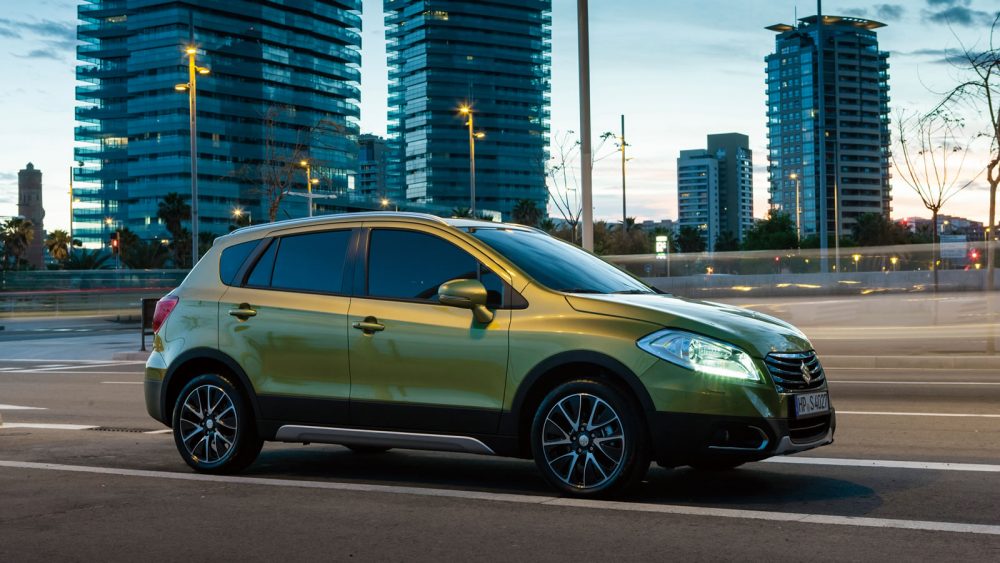
S-Cross This company has been known for making budget cars. Yet at some time, Maruti Suzuki launched S-Cross, a perfect crossover. It was equipped with a 1.6-litre diesel engine which was capable of producing 118hp of power and a peak torque of 320Nm, still one of the best in the segment. But, the car was brought into India through the SKD route. It kept the price on the higher side and people were not ready to spend more on a Maruti offering, even without knowing about the specifications it offered. Later on, a facelift was introduced. The sales were boosted but not the power.
-
Maruti Suzuki Baleno RS
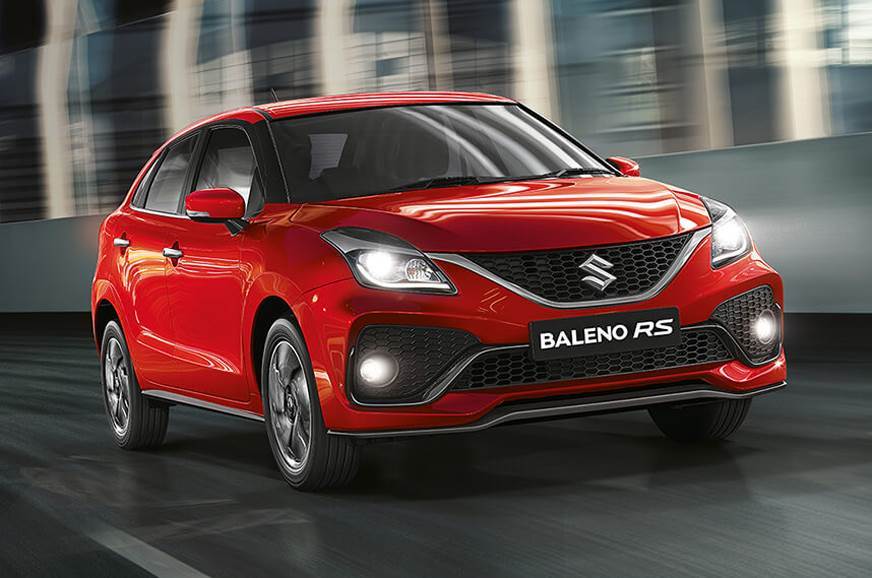
Baleno RS Another offering from the largest carmaker in India, Baleno RS that was not able to attract the customers towards the beauty of speed and power. It was powered by a 1.0-litre petrol engine capable of producing 100hp of power and a peak torque of over 150Nm. It had a good mileage of 21.1kmpl. Yet being a bit pricy than the normal Baleno, people were not ready to spend any more on the car with an RS added to it.
-
Tata Hexa

Tata Hexa | Good Flop Cars In India A real SUV offered by Tata. Powered by a 2.2-litre which produced 154hp of power and a peak torque of 400Nm, Hexa was indeed a great SUV. It was offered with both manuals as well as automatic transmission. It had a 4X4 version offered too. The looks were pretty good and sturdy too. But, Tata Hexa was not able to get many buyers attracted towards it. Due to low demand, Tata discontinued the Hexa when the BS6 norms kicked in. Though, it is set to relaunch in Hexa Safari edition later this year.
-
Skoda Fabia

Skoda Fabia | Good Flop Cars In India A brand which is known for German build quality cars, Skoda launched Fabia in India to tap in the segment. It had a class-leading riding quality and a powerful engine. The mill that powered the car was a 1.2-litre diesel engine capable of producing 75hp of power and a peak torque of 180Nm. Yet the Skoda service cost was on the steeper side making it highly unlikely for the Indian buyers to choose it over the rivals. It is still very powerful if compared to the cars in the segment.
-
Ford Fiesta 1.6S

Ford Fiesta 1.6S Fiesta has been a very popular car from Ford in India. It was launched in saloon version in the country back in 2005. Fiesta was feature-loaded and powerful as well. It was equipped with a 1.6-litre petrol engine that gave out 100hp of power and a peak torque of 145Nm. Ford even launched a sportier version named Fiesta S as the first-gen was gaining a lot of popularity. It had a better suspension for better comfort. But the higher cost and lower fuel efficiency led to low demand for Fiesta 1.6S.
So this was the list of 10 flop cars that were actually good. There are many more such cars. Do you know of any? Let us know in the comments section below.






We could include Hyundai Hyundai getz for sure.
Hi Vibhor
We will definitely work on your suggestion. Wait for the Part-2!
can we use a CNG kit into the Ecosport 1.0 Ecoboost?
Hi Prashat,
Sure, any vehicle with a petrol engine can be retrofitted with a CNG kit. But YOU tell me, will it do justice to the award-winning 1.0-litre Ecoboost engine?
Is Tata aria and hexa ac compressor are same
Very good car Tata hexa very good mileage very good space.very good journey.good budget.compare to Innova.